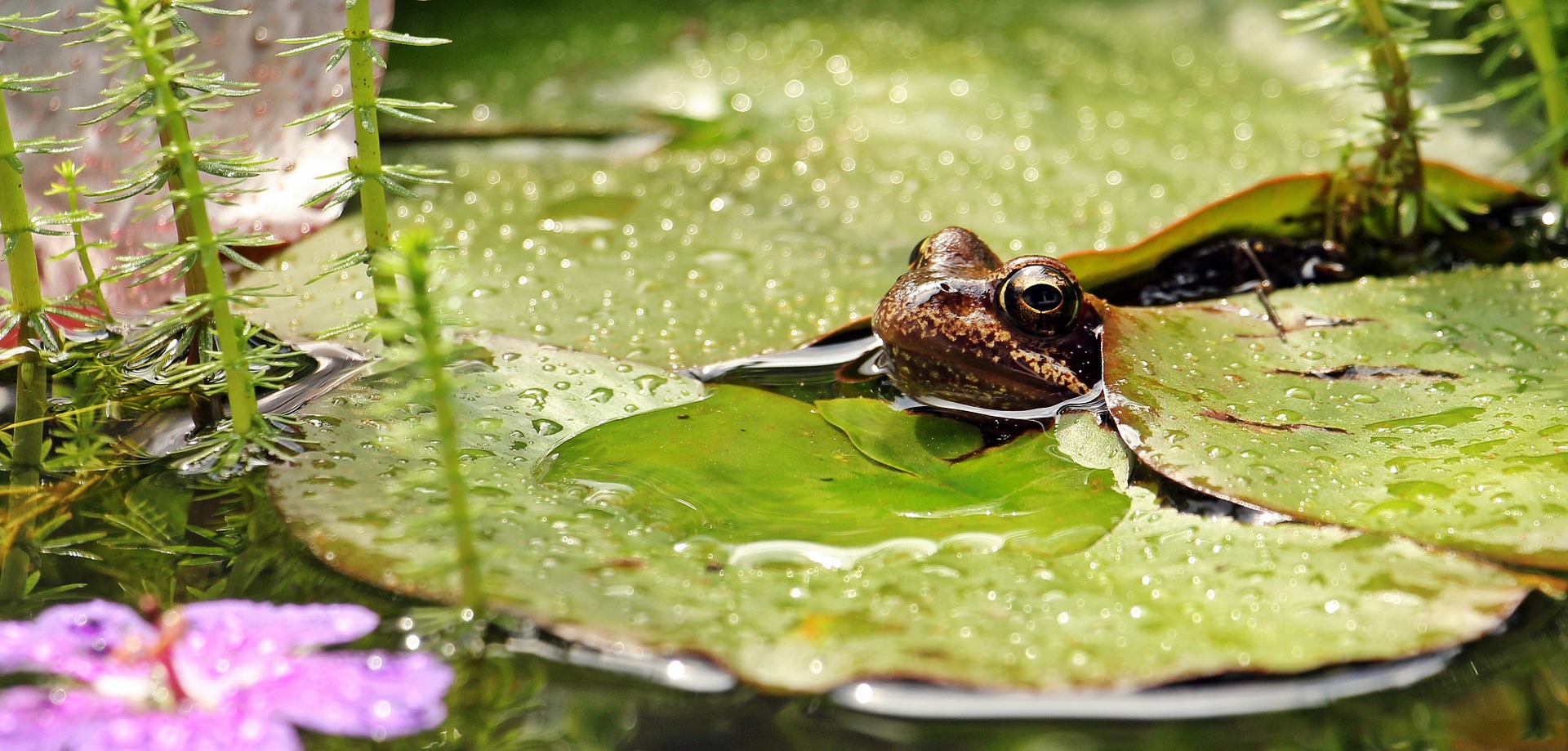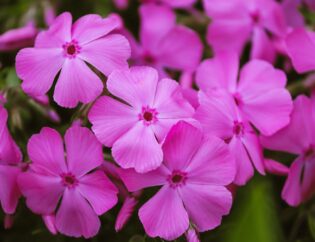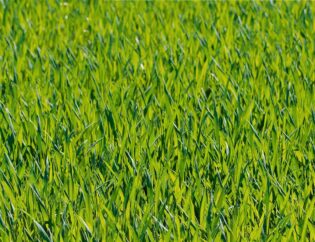
Is your Georgia yard draining properly? If not, you’re not alone. In fact, landscape drainage problems are common and affect many homeowners.
There are many reasons your yard may not drain properly, including a too-short downspout, compacted soil, or a steep slope. But how do you know if you have bad landscape drainage, anyway? Here, we’ll discuss the symptoms of a poorly draining yard as well as how to fix it.
What Does Bad Landscape Drainage Look Like?
There are a few telltale signs of bad landscape drainage you should look for. These include:
- Muddy patches and swamp-like areas: When water in your yard isn’t draining properly, it’s because water isn’t absorbing into the ground. So, instead of the water soaking into the soil, it’ll start pooling over your yard, which creates muddy patches.
- Eroding soil: You might notice pits or fissures in your yard. That’s because excessive amounts of water can cause soil to drop and slide away.
- Cracks in your foundation: Poor water drainage can cause foundation movement, which can ultimately lead to foundation cracks. So, if you notice cracks in your foundation, it can be a sign that the water in your yard isn’t draining correctly.
- Water stains in the basement: A swampy lawn caused by poor water drainage can lead to water entering your basement. So, if you notice water stains in your basement and can’t figure out the cause, it could be due to poor soil drainage.
Other common signs of poor water drainage are mildew, overflowing drains, warped decking, and water pooling under gutters and downspouts. You might also notice mosquitoes breeding in puddling water or dead grass, trees, and plants.
Is Bad Landscape Drainage Really That Big of a Deal?
Standing water, as well as too much water in your soil and around your foundation, can lead to a host of problems.
Without proper landscape drainage, you risk the following problems:
- Mold growth and wood rot: Excess moisture can lead to mold growing on soil and other areas in your yard. Wooden structures of your home might also be vulnerable to rot due to poor water drainage.
- Overflowing gutters: When there’s too much water for a gutter system or there’s a clogged downspout, it can overflow over the side and sometimes get under the shingles of the roof. As a result, water damage can occur.
- Insect and rodent infestations: Improper drainage causes standing water, which attracts common pests such as roaches, mosquitoes, ants, and termites. Excess water can also provide rodents with a steady source of water.
- Damage to your foundation: When excess water falls or gushes from your downspouts, it can sink straight down, next to your foundation wall. The soil will expand, press against the foundation, and cause bowing or cracks. In some cases, water can seep into the cracks of the foundation, causing further damage.
- Erosion: Erosion that results from poor landscape drainage can rob your trees and plants of nutrients. When water runs off over poor soil, you might compensate by overwatering your plants. This can lead to rot and disease.
- Damaged landscaping: Improper drainage can cause visible aesthetic damage to your home’s yard and landscaping. For example, excess water can lead to fungus growth, root diseases, and plant death. This can cause an unsightly lawn and garden.
Yard Drainage Solutions
Because bad landscape drainage causes so many problems, it’s critical to fix it quickly. Further, if you are renovating or working on a brand new design, plan the drainage from the start.
Dig a French Drain
A French drain is a cost-effective way to manage excess surface water on your lawn. Essentially, a French drain is a trench that contains a perforated PVC pipe under a layer of gravel. Water enters the drain, goes through the pipe, and goes to an exit point far away from your home.
Here’s how to install a French drain:
- Have utilities marked before starting any excavation project by contacting Georgia811
- Determine where the excess water is pooling and where you want it to go.
- Dig a 6-inch wide trench. Then, add a 3-inch layer of gravel. Next, add fabric lining over the gravel.
- Place the drain pipe on top of the fabric lining. Then, add gravel around the drain pipe.
- Fold the fabric lining over the gravel and drain pipe.
- Fill the trench with sand and topsoil
Aerate That Lawn
Aeration is another effective way to help your yard drain excess water.
Aerating involves scooping or “coring” holes into your lawn. This allows air, water, and nutrients to penetrate deeper into the soil. Because aeration introduces holes in your lawn, it promotes water drainage. So, instead of pooling on your lawn, the water trickles down through the holes.
So, how do you aerate your lawn? First, know the different types of tools you can use for lawn aeration. These include power rakes, aerators, lawn corers, and dethatchers.
Then, choose the best one for your needs and follow these tips:
- Make sure your soil is moist.
- Don’t be afraid to make multiple passes over the most compacted areas.
- After aerating, continue with basic lawn care such as fertilizing, mowing, and watering.
- Break up the soil plugs (pieces of soil aerating removes from the ground) with your lawnmower. This will give your lawn a cleaner, more uniform appearance.
Design a Dry Creek Bed
For a drainage solution as practical as it is beautiful, look to dry creek beds. Dry creek beds are famously used in xeriscaping Southwest style yards. In deserts, rainfall is rare, but when it happens, it can be a deluge.
Dry creek beds are used to contain and channel rainwater to a drain or drywell. In the off season, a dry creek bed adds a decorative element and can be used as a focal point in the yard. Pretty great for what would otherwise be ugly exposed drain pipe. They are most commonly used in front yards, but can also be used as a backyard drainage solution.
Replace Concrete Patios
Large patios and driveways made of impermeable materials (like concrete or asphalt) do not absorb much water. Depending on the slope, the water will run off and collect at the lowest point. If that’s against a foundation, then that’s a big problem.
Replacing the impermeable material with gravel allows the water to percolate through and prevents pooling. Even flagstone patios with gravel or sand between the stones will drain better.
Lengthen Downspouts
Gutter systems work well to channel water carefully off the roof, along the house, and down through a downspout. This prevents random dripping along the entire length of the house (annoying to walk under) and all the water captured by the roof being deposited at the foundation (destructive to the structure).
However, if the downspout is too short, then it’s creating a big problem. Instead of routing water carefully away from the foundation, large volumes of water pool directly at the foundation. This is easily avoidable and fixable. Extend the downspout out and away from the house and if necessary route to a drain.
Get a Rain Barrel
If county and city ordinances allow, consider using roof runoff from gutters to fill a rain barrel. While not safe for consumption, the water can be used around the yard to water plants and trees. Commercial kits are available, or a DIY homeowner can tackle it as a weekend project.
Install a Dry Well
A dry well is a perforated underground water collection point that holds water and slowly allows it to percolate into surrounding ground. So, instead of standing water on the yard, the water is kept out of sight where it is also unavailable to insects like mosquitoes.
Dry wells can be put in the path of a downspout or slope runoff. They can also be an endpoint for a channel or French drain.
Redirect Water with a Channel Drain
If runoff from a large patio or driveway is pooling and removing it is not practical, a channel drain can be a great solution. Channel drains (also called trench drains) are plumbed along the length of the driveway or patio to catch rainwater.
They can be incorporated into the design from the start, or they can be added along the side later. They differ from French drains in that French drains are buried and channel drains have top grates exposed to air and are visible.
We Know Landscape Drainage
One of the advantages to using a professional landscaping contractor is that problems are addressed at design. Bad drainage, slope, soil quality, and overall beauty are all addressed before we ever break ground. That means that many of the remedial repairs homeowners have to deal with are prevented on day one.
Here at Atlanta Turf & Tree, we’ve got the practical knowledge to get things installed right and the artistic eye to make them beautiful. We’ve got 35 years of combined experience building beautiful, lasting landscapes for our clients. Contact our landscaping services experts to get started on your project.









